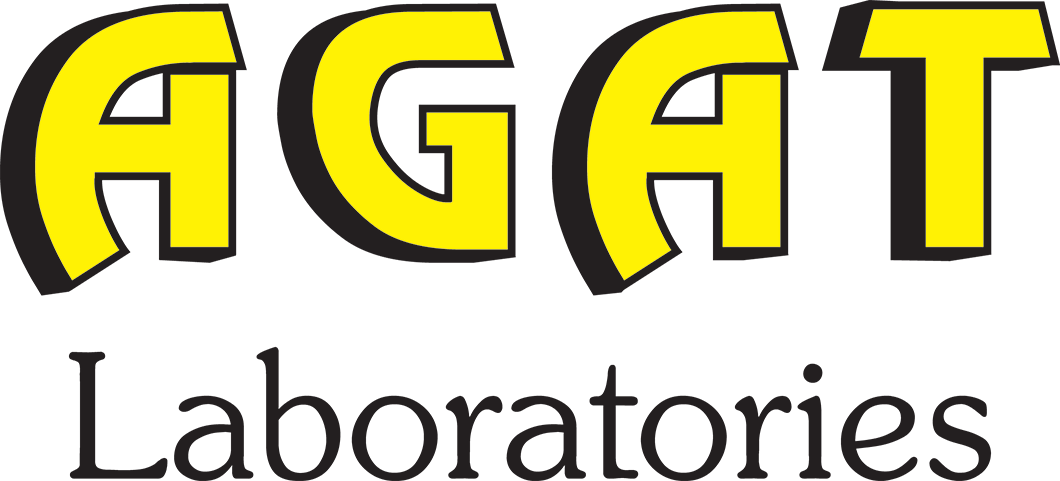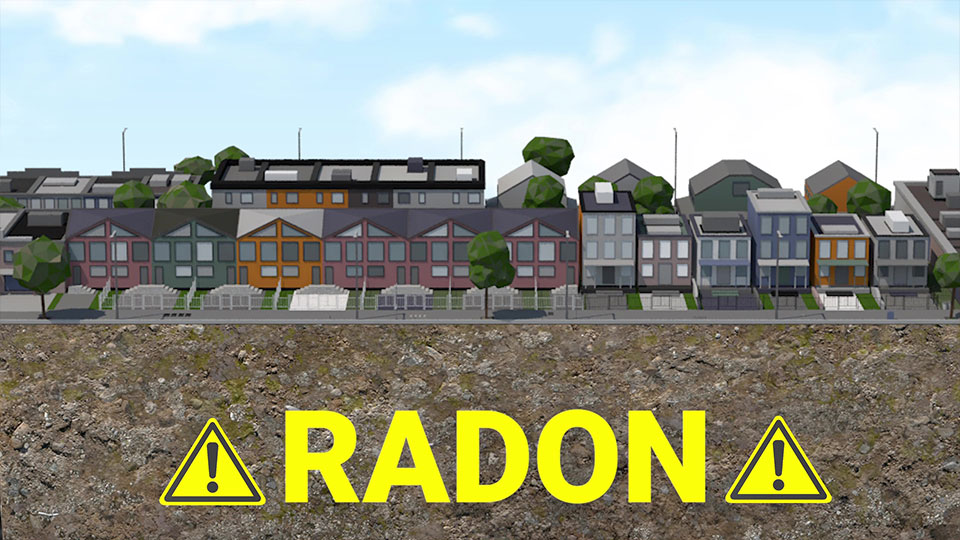Radon Information Hub
Your Trusted Source for Radon Testing Guidance
Welcome to the AGAT Laboratories Radon Information Hub. Here, you’ll find everything you need to test for radon in your home, office, or school. Whether you’re testing air or water, short-term or long-term, AGAT Laboratories is here to support you with accurate testing solutions and expert resources.
Jump to:
Radon in Water Tests
Sample Submission Schedule: Samples must be submitted to AGAT between Monday and Wednesday only. Samples will not be accepted on Thursday or Friday.
Important Note: By purchasing AGAT Radon in Water Test Kits, you agree to the following: Sampling bottles remain the property of AGAT Laboratories while in your custody and must be returned to AGAT for analysis. A $100 fee applies for any sampling bottle not returned in good condition or if bottles are not received back within 10 days after shipment.
Frequently Asked Questions
Radon is a naturally occurring radioactive gas that is colorless, odorless, and tasteless. It is produced from the decay of uranium in soil, rock, and water and can accumulate in buildings, particularly in lower levels.
In Canada, Radon is the #1 cause of lung cancer in non-smokers. There are no areas of Canada that are radon free and levels can differ from home to home. Long-term exposure to high levels of radon is the second leading cause of lung cancer. Testing is the only way to determine if your home or workplace has elevated radon levels.
Radon can seep into buildings through foundation cracks, floor drains or ground level windows, as well as through gaps around pipes and construction joints.
Health Canada recommends taking action if radon levels exceed 200 Bq/m³ (becquerels per cubic meter) in indoor air.
Short-term tests (minimum 48 hours to 10 days) provide a snapshot of radon levels. Long-term tests (91+ days during heating season) give a more accurate assessment of yearly radon exposure. Radon in water test.
Short-term tests are useful for quick assessments, but long-term tests during heating season provide more reliable data since radon levels fluctuate over time. Health Canada recommends long-term testing before making mitigation decisions.
Place the detector in the lowest occupied level of the building where people spend at least 4 hours per day—typically basements or ground floors. Avoid placing detectors in bathrooms, kitchens, laundry rooms, or near exterior walls, windows, vents, or sumps.
For short-term tests (less than 4 days), windows and doors should remain closed, except for normal entry and exit. Fans and ventilation systems that bring in outside air should not be used.
Return your radon detector in person or by mail to:
AGAT Laboratories
2420 – 42 Avenue NE
Calgary, Alberta T2E 7T6
Phone: (403) 736-5300
Email: [email protected]
If radon levels exceed 200 Bq/m³, Health Canada recommends taking mitigation measures such as improving ventilation, sealing cracks, or installing a radon mitigation system.
After returning the device, results are typically available within a few weeks. Contact AGAT Laboratories for more details on turnaround times.
Yes, radon levels fluctuate due to seasonal changes, temperature, and ventilation. Winter months often have higher radon levels due to closed windows and increased indoor heating.
Yes, after mitigation, retesting is recommended to ensure radon levels remain below 200 Bq/m³.
For more information on radon, testing procedures, and mitigation, you can visit Health Canada’s radon page or the Take Action on Radon website. To find certified radon measurement and mitigation professionals, consult the Canadian National Radon Proficiency Program (C-NRPP) directory.
Contact Us
Email [email protected] for questions or to request testing services.

